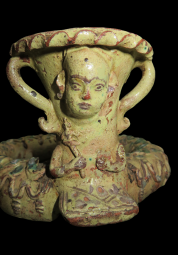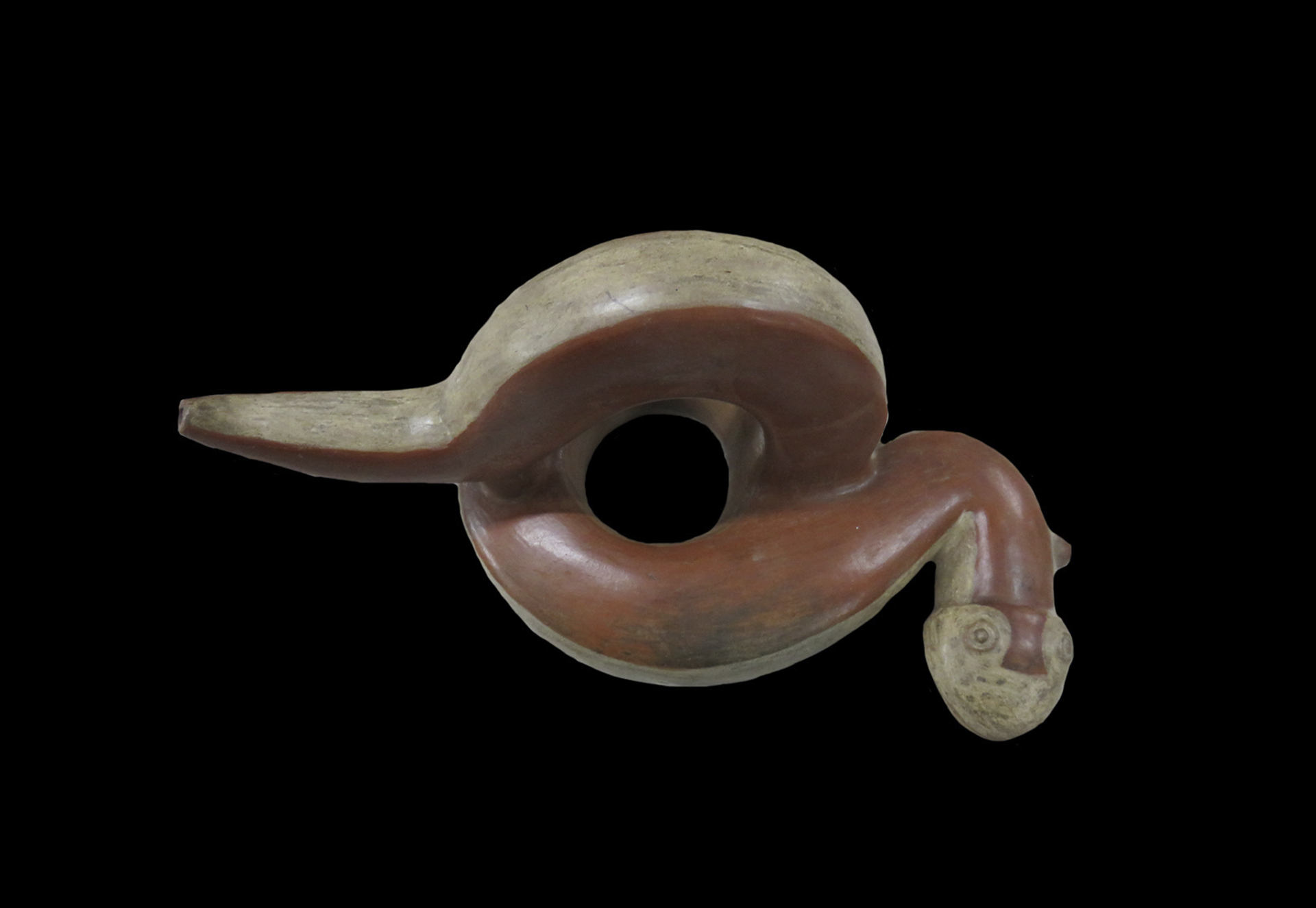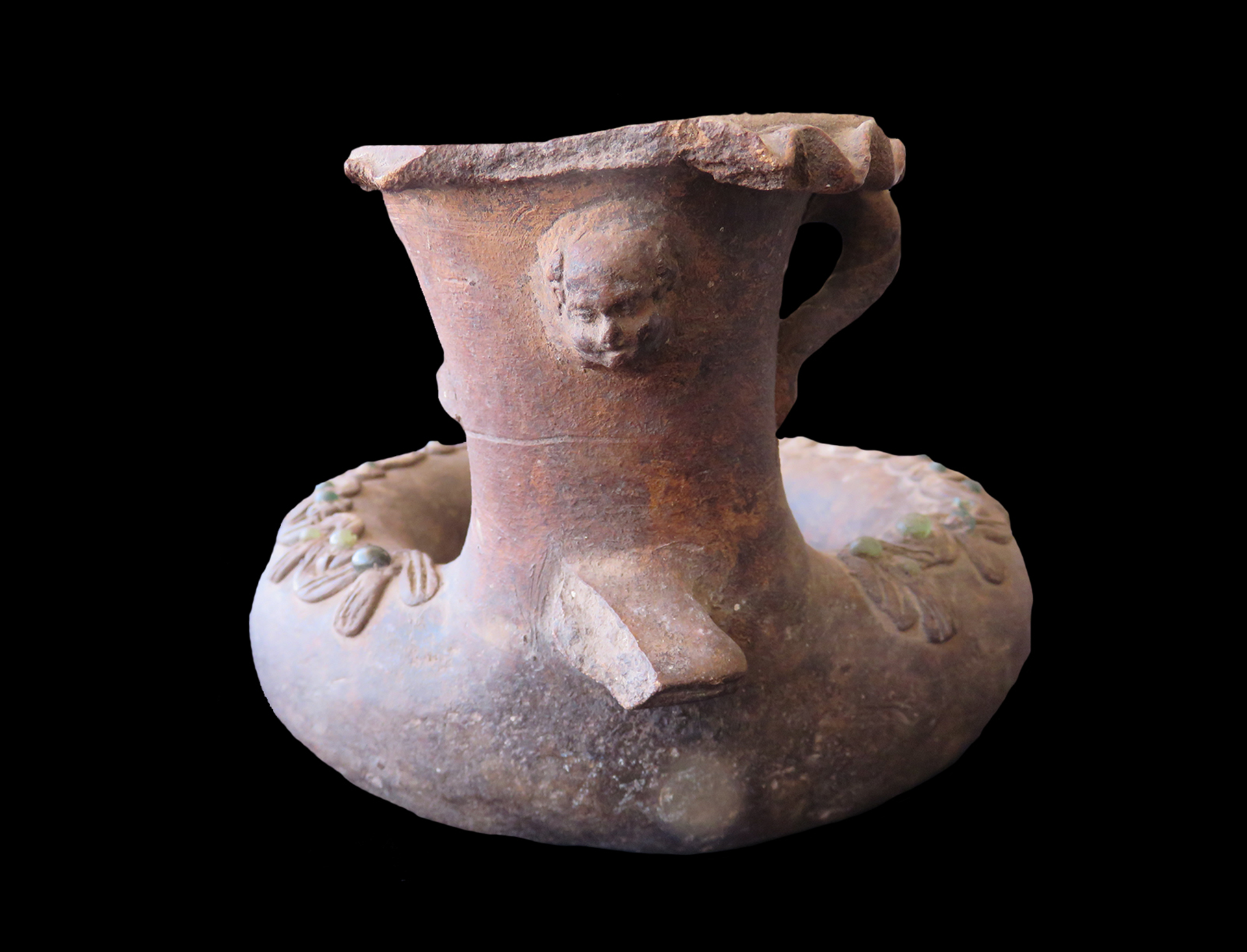The survival and transformation of annular pacchas in Cusco: an example of artistic and ideological continuity and change
La sobrevivencia y transformación de pacchas anulares en el Cusco: un ejemplo de continuidad y cambio artístico e ideológico
Pacchas were ritual vessels used in libations and expressed elements of pre-Hispanic cosmology in the Andes long after the Spanish conquest. This article describes, for the first time, annular pacchas from Cusco from the Colonial Period and the 19th and 20th centuries. These pacchas are distinguished by their ring-shaped chamber and short vertical spout and survived as a symbol and valued ritual element for Andean people from ad 1532 to the 20th century. Their role in rain and fertility rituals is expressed by their shape and by the representation of the amaru, the mythical snake of Andean cosmovision.
Keywords:
Pacchas, Keros, Andean religion, Kubler, Amaru, Cherubs, Cusco, Colonial ceramics, Folk art, Culture change.
Allen, C. J. 2002. The incas have gone inside: pattern and persistence in andean iconography. res Anthropology and Aesthetics 42: 180-203.
Alva, W. 1986. Cerámica temprana en el valle de Jequetepeque, norte del Perú. In Materialen zur allgemeinen und vergleichenden Archäologie, vol. 32, kava. Munich: C.H. Beck.
Barrionuevo, A. 1963. Las ventanas de los hermanos Ayar. Caretas 275: 36-37.
Blower, D. 2000. The many facets of mullu: more than just a spondylus shell. Andean Past 6: 209-228.
Burger, R. 1992. Chavin and the origin of andean civilization. London: Thames and Hudson.















